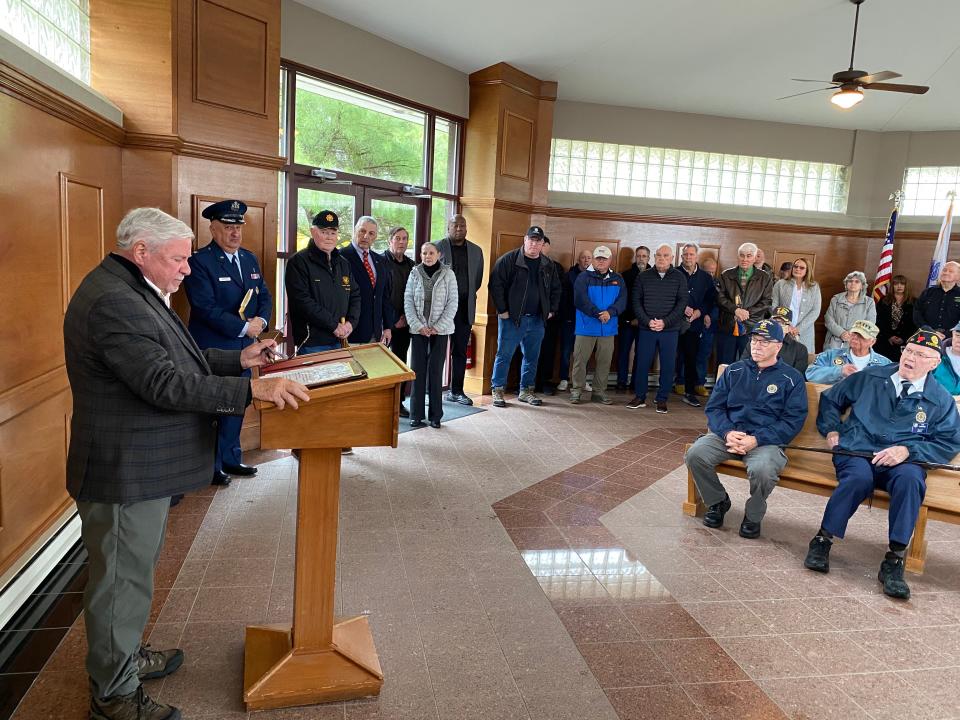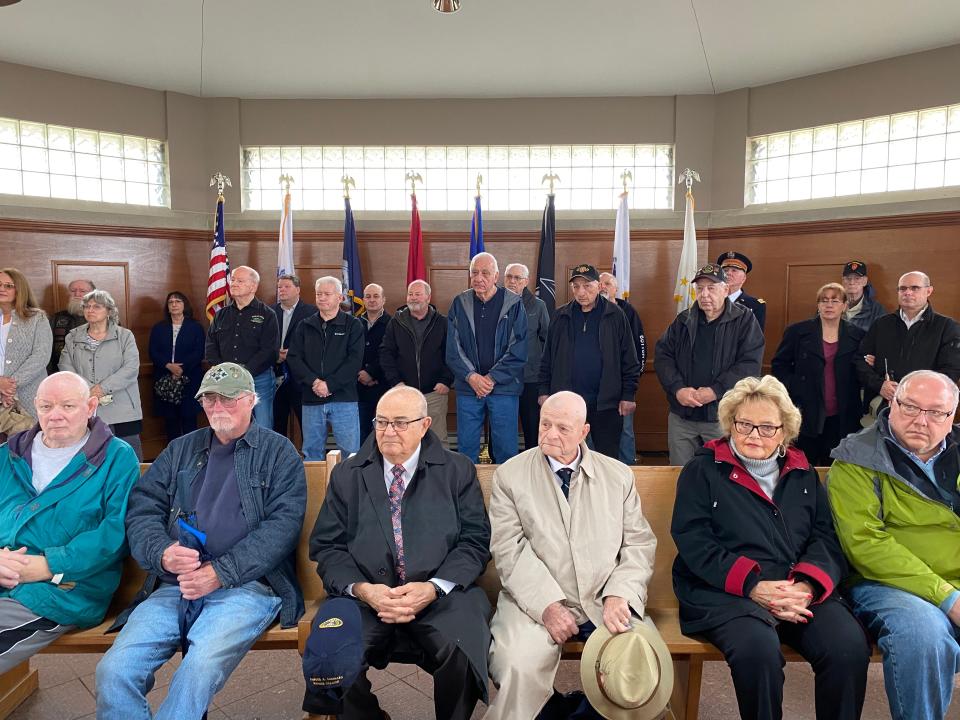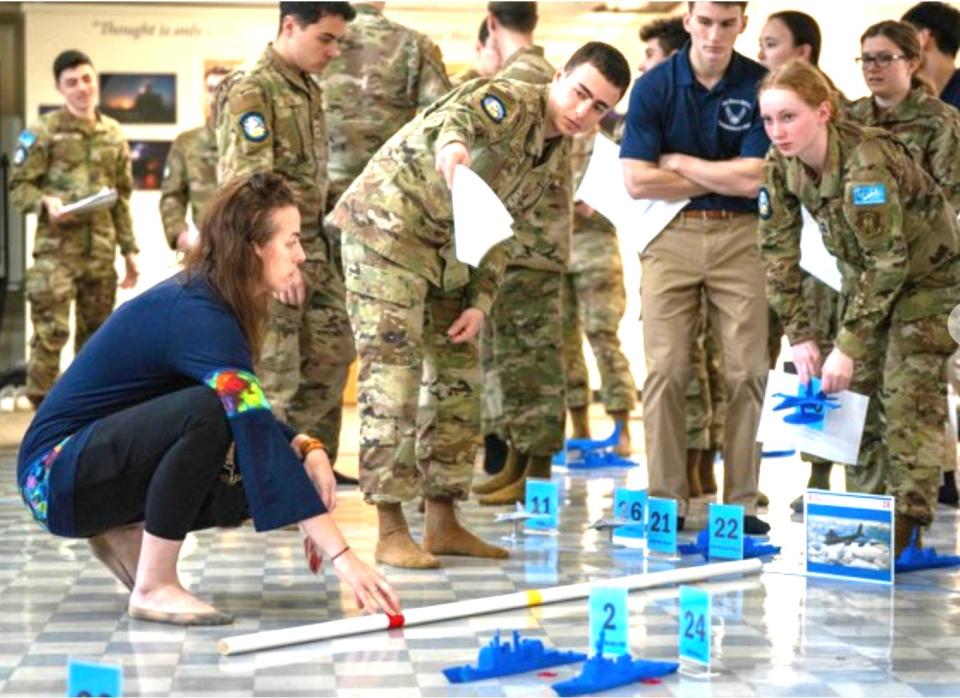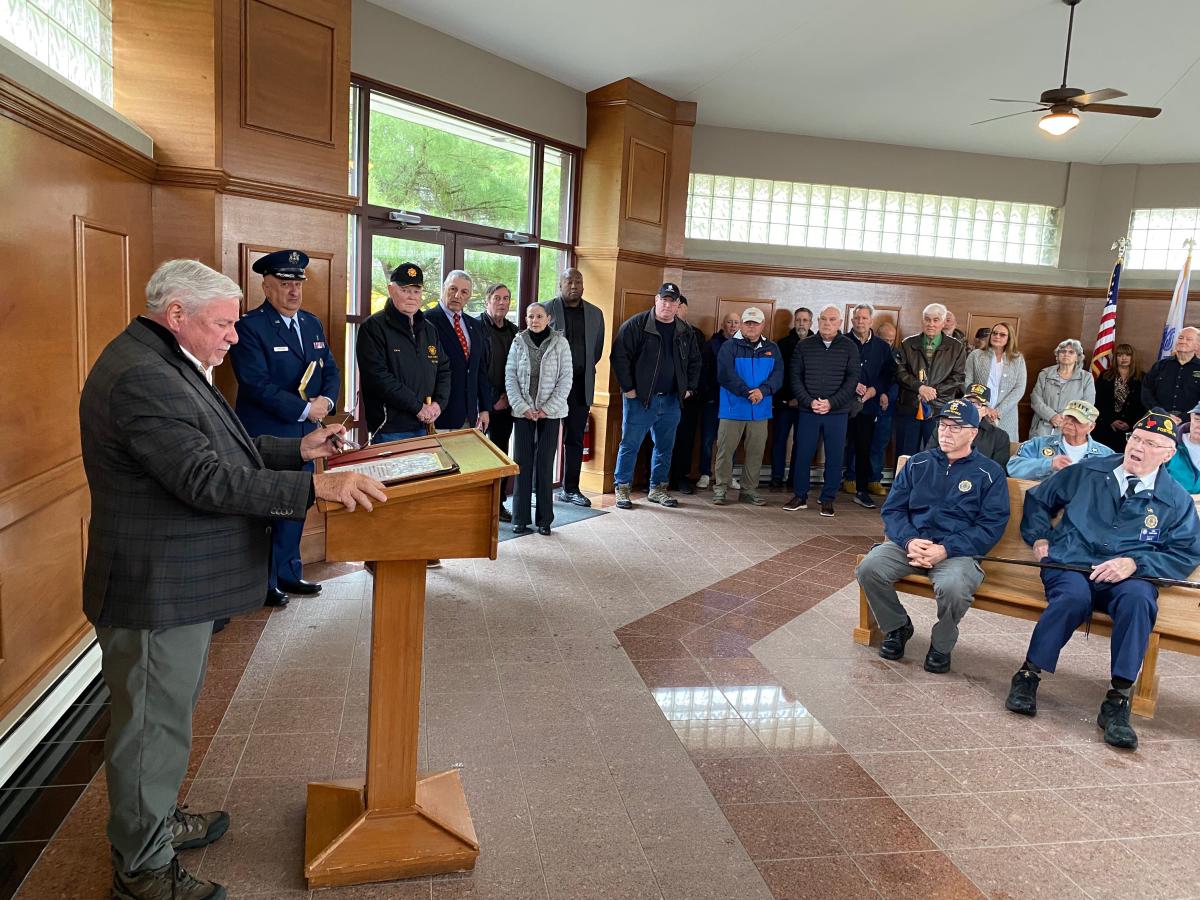When the 2025 budget submissions came out in early in March, the VA announced it was cutting 10,000 jobs nationwide – while at the same time going to great pains to assure everyone that these cuts would not have an adverse effect on veteran care. That sounded like spin to me, pushing back against an anticipated negative reaction.
A March 12 Military Times article confirmed that VA leaders plan to trim about 10,000 full-time jobs “… after last year’s hiring focus led to a larger than expected workforce.” The cuts represent about 2% of the 458,000 VA employees nationwide.
Laura Duke, VA chief financial officer, said the reduction will largely come through attrition – not filling vacant positions – and likely will primarily affect supervisory and support staff.
Duke said planners would target certain regions and specialties as needed: “We’re going to look at individual markets and make sure that we are aligning the staff with areas where veterans are coming in to receive treatments.”
Dr. Shereef Elnahal, the VA’s under secretary for health, said, “Decisions on where cuts are made will be up to medical center heads and regional directors.”
That makes it pretty clear that staffing will be analyzed market by market, and it sounds as if VA regions and medical centers would have input on where those cuts should be made. I reached out to the Providence VA Medical Center and asked what impact these cuts were expected to have on local operations.
What impact will staff reductions have on the Providence Veterans Administration?
Spokesman John Loughlin replied that this was a national initiative, and he would have to refer my inquiry to Washington.
In my dealings with VA Public Affairs in DC, they seem to consign uncomfortable questions to the abyss, hoping they go away. Often, when they do respond, they have proven to be masters of obfuscation.
I imagine the same question is being asked nationwide, so you would think VA Public Affairs in Washington would have a prepared response.
My pessimism was validated: Five weeks went by with no response from DC.
I followed up with Loughlin again before filing this column.
The national headquarters of Disabled American Veterans commented, “Veterans Affairs faces a significant challenge in implementing these workforce reductions without compromising the quality of care provided to veterans.”
I, for one, will be keeping a watchful eye on the outcome of this initiative.
Where should veterans get medical care: VA staff or private sector?
In the same budget, the VA has requested nearly $150 billion for health care. According to military.com, the VA has allocated $86 billion for care provided in VA hospitals and clinics and $41 billion for private-sector care.
The resulting debate, largely along partisan lines, argued about where veterans should get medical treatment and how to fund that care. Democrats generally want to build up the VA’s in-house staff and treatment capabilities, while Republicans argue that veterans should choose whomever they want to see, even if it’s outside the VA – the option commonly referred to as community care.
Stay tuned, fellow veterans, because the outcome of this debate will shape the way we get our medical care in the future.
VA officials have warned that the department’s community care budget is spiraling out of control, especially with the passage of the PACT Act. That legislation broadened coverage for combat vets and also expanded eligibility for VA medical treatment to many new groups. In the last year, the VA has enrolled more than 401,000 new veterans. This taxes both in-house capabilities and the budget for outside services.
Since we apparently don’t have the money to do both, do we provide VA with the necessary resources and staffing to provide direct care? Or do we direct billions of dollars to private-sector health care providers, to ensure that veterans get care when they want it and where they want it?
In a recent hearing before the House Veterans Affairs Committee, VA Secretary Denis McDonough warned against taking money away from VA-provided health services. He argued that continuing to shift in that direction could result in the VA essentially becoming nothing more than a medical insurance entity, managing payments for community care.
A majority of veterans service organizations seem to support McDonough. Disabled American Veterans, Paralyzed Veterans of America and the Veterans of Foreign Wars warned against “overreliance on community care rather than investing in VA’s internal capacity.”
Once again, a divided Congress has our future in its hands.
Past activities

Senior Master Sergeant Ken Lewis, home at last
Saturday, April 20, marked the final chapter in this odyssey for Master Sgt. Ken Lewis, whose unclaimed body was buried in a numbered grave because authorities did not realize he was entitled to interment at the Veterans Cemetery. The circle is now complete.
An impressive number of Ken’s friends and colleagues showed up at the Veterans Cemetery Chapel, despite chilly, wet weather.
Remarks from Chaplain (Col.) Robert Marciano highlighted a memorial service, and a few of Ken’s friends added their thoughts as well. The simple send-off concluded with the playing of Taps.


Naval War College hosts Wargame Simulation for ROTC Cadets
The Naval War College in Newport hosted 55 Air Force and Space Force ROTC cadets from Worcester Polytechnic Institute and Brown University on March 20. After touring the campus and visiting the Naval War College Museum, they participated in a Battle Stations wargame simulation.
Wargaming is an essential part of the Naval War College curriculum. It is designed to help leaders make better decisions in real-world conflicts. A wargame simulates an armed conflict, be it a battle, a campaign or an entire war.


Young Marines honor Bruce Katz of Swansea, Massachusetts
In conjunction with National Volunteer Month in April, the Young Marines named Swansea resident Bruce Katz as Adult Volunteer of the Year for Division 1. (There are six Divisions; Division 1 encompasses the six New England states plus New York, New Jersey and Pennsylvania.)
The Young Marines is a national nonprofit 501(c)(3) youth education and service program for boys and girls, age 8 through high school graduation.
Katz works with the Blackstone Valley Young Marines of Milford, Massachusetts. Katz, an active-duty Marine for 20 years, joined the Young Marines program in 2014.


“The Young Marines program could not exist without dedicated, mission-driven adult volunteers like Bruce,” said retired Marine Corps Col. William P. Davis, national executive director and CEO of the Young Marines.
In addition to his Young Marine work, Katz is a Swansea volunteer firefighter and an active member of the Marine Corps League.
Upcoming events
Veterans “Get Outside Day” – Sunday, June 9, at Fort Adams
This is the second year that Military Veterans Advocacy (MVA) will host this free event, designed to encourage outdoor activities to improve mental health.
U.S. Sen. Angus King of Maine said, “From beach walks to fishing trips to simply hearing a refreshing breeze in the forest, America’s extraordinary outdoor spaces can bring moments of calm during the most difficult times.”
Scheduled events include a walk/run sponsored by Run Newport; adaptive sports opportunities, including Bike Newport activities; and sailing lessons and excursions with Sail Newport. The Navy Band and other groups will entertain, while VA Providence Medical Center, VA Benefits Regional Office, Vet Center and RI Veteran Services will make their resources available.
To register: militaryveteransadvocacy.org/2024veteransgetoutsideday.html
Event details: tinyurl.com/3b7asv2c
For more information, contact donna.stratford@mvadvocacy.org.
This article originally appeared on The Providence Journal: VA is cutting 10,000 jobs. How are veterans impacted? They won’t say.
